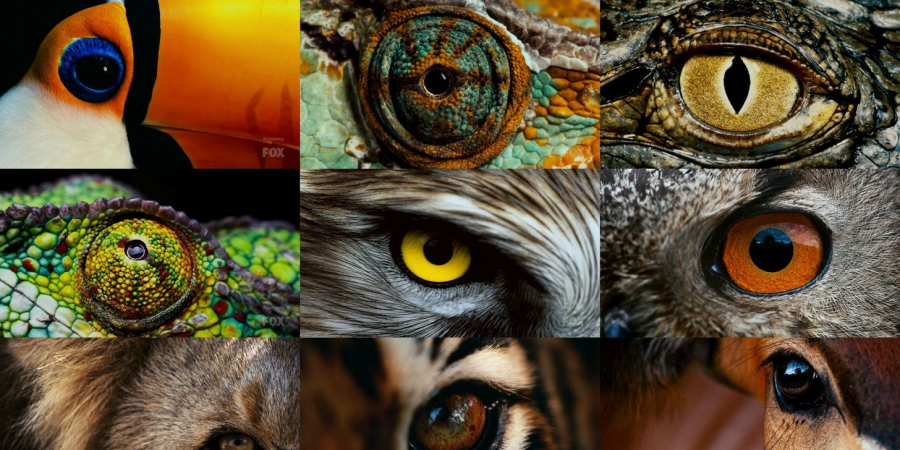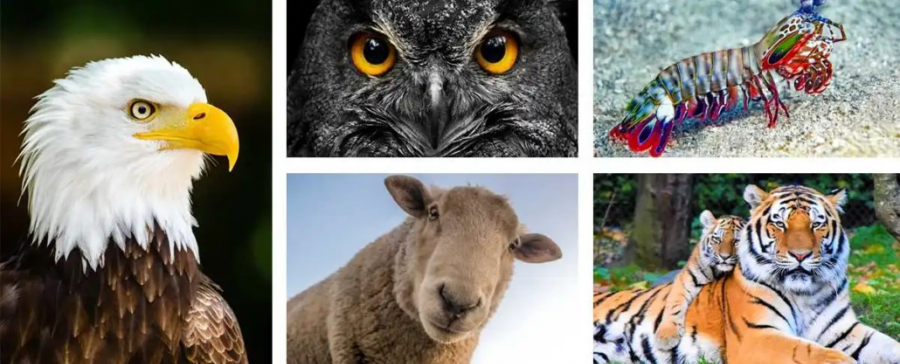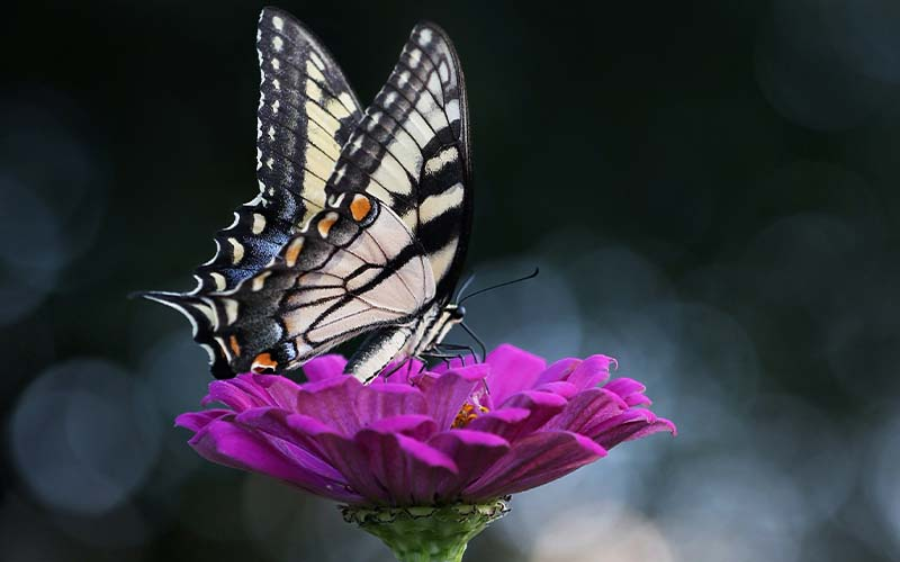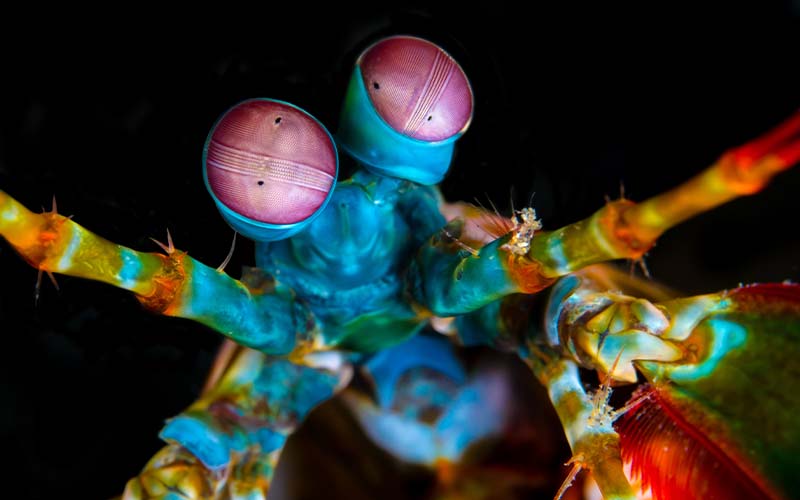

Animals With the Best Vision

Unique and complicated visual views abound in the animal realm, from the eagle's capacity to locate prey from kilometers away to the chameleon's ability to perceive practically every aspect of its environment without moving its head. Every animal's vision has evolved to live in its own environment. These creatures possess extraordinary vision, and you can see how humans compare to them.
Owls – Best Night Vision

Cones and rods coexist in the retina, which is the layer of cells in the back of the eye that both humans and birds use to receive and transmit nerve impulses to the brain. Cones interpret colors, and rods interpret light. An eye's capacity to see in dim light increases with the number of rods in the eye. These light-sensitive rod cells are abundant in owls; their density is five times higher than that of humans, with almost a million of them per square millimeter.
In addition to having closely spaced rods, owls have enormous eyes in comparison to their body size. More than the eyeballs of a 200-pound person, two owl eyes weigh around an ounce. With its large eyes and a densely packed mass of light-sensitive rods, the owl has the best night vision of any mammal.

Shark eyes, like those of owls, are packed with retinal rods, which helps them see clearly in murky and dark seas. Moreover, the tapetum lucidum—a layer of reflected crystal tissue—is present in their eyes. By reflecting light back into the retina, the tapetum lucidum increases the quantity of light that is available in their aquatic home. Under ideal circumstances, a shark is thought to be able to see 30 to 50 feet in front of them. They are said to see around ten times better underwater than humans do, even taking into account their capacity to see in adverse settings.

The chameleon can see almost anywhere without turning its head because each eye can spin independently of the other. With a 180° horizontal field of view and 90° vertical field of vision, it has a nearly 360° field of vision. The chameleon can hunt without frightening away its prey because it can see nearly every square inch of its surroundings with just its eyes. For wide-angle vision, the dragonfly, goat, and spider are worthy mentions.

Three different types of cones—blue, green, and red—allow the human retina to detect color. Butterfly retinas, on the other hand, feature six or more photoreceptor classes with distinct spectrum capabilities instead of cones. At least fifteen distinct types of photoreceptors are present in bluebottle butterflies. Many of these photoreceptors are thought to be utilized to identify extremely specific forms of color stimuli, such as objects buried in plants or fast moving objects in the sky, while much remains to be discovered about the intricate vision of the butterfly.

The mantis shrimp takes the title for the animal with the most complicated vision; we still have a lot to learn about this critter's vision. The mantis shrimp can see both UV and polarized light, two things that humans cannot detect, and it possesses between 12 and 16 photoreceptors. They are also the only animals that can recognize light that is polarized in a circle and can modify their sensitivity to different wavelengths according to their surroundings. The intricate structure of the mantis shrimp's eyes implies that the eye preprocesses the visual signal before sending it to the brain. Stated differently, their eyes are so intricate that they practically possess an independent thought process.
Eagles – Best Eyes in the Animal Kingdom

The capacity to focus on images at a specific distance is known as visual acuity, and it is evaluated on a 20/20 scale. Humans define 20/20 vision as "perfect." A person with 20/20 vision can see well 20 feet away. To put things in perspective, an eagle can see at 20 feet what a person with 20/20 vision would have to be 5 feet away from in order to see. This is known as 20/5 visual acuity. An eagle's visual acuity is four times greater than ours by this measure. They can detect and zero in on prey as small as a mouse from a distance of up to three miles distant thanks to the sharpest distance eyesight of any living thing.
Eagles see ultraviolet light in addition to having near panoramic vision, a heightened perception of color, and an unparalleled capacity to see effectively at very long distances. Although a creature's ability to see well is primarily determined by its particular needs in its environment, it is safe to state that the eagle has the best eyesight of all animals by human standards.
Conclusion
Animal eyes have developed to meet the requirements of their specific environments for survival. An animal's good eyes may not be the same for another. When comparing the eyesight of different creatures, many elements must be taken into account, but one thing is certain: eagles have the best overall eyesight, mainly because of their exceptional ability to see clearly at a great distance. It might also surprise you to learn that, in comparison to other animals, your eyesight is actually fairly good.


